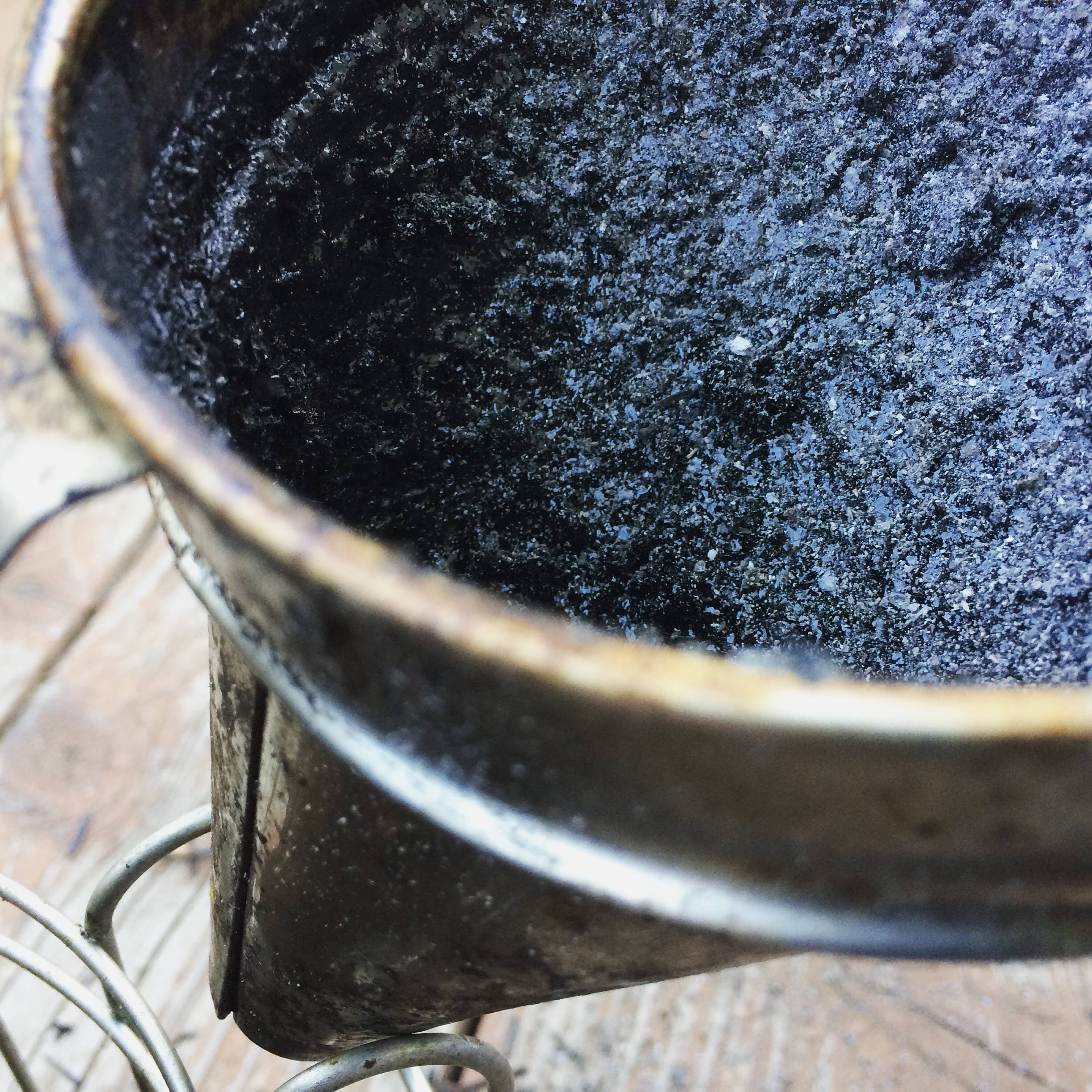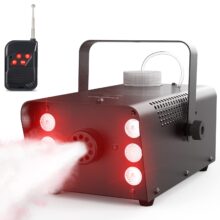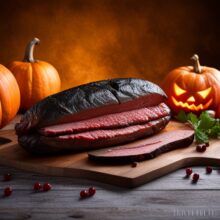How to Clean a Smoker

The first thing you’ll need to do before using your smoker is to clean it. This includes cleaning the ash pans, removable parts, and any nooks and crannies. To clean your smoker properly, you’ll need to use a homemade cleaner made of distilled white vinegar and dish soap. Dampen a clean cloth with this mixture and scrub the inside of your smoker. If you encounter stubborn bits, you can use a bristle brush to remove them.
Cleaning ash pans
Cleaning your ash pan is a good way to keep it sanitary and prevent fires. It can also be a great way to get rid of hardened ash and surface rust. The first step is to soak the ash pan in a diluted CLR solution. The CLR solution will dissolve the ash and rust. You can soak the ash pan in a wash sink, Rubbermaid bin, or large container. You should use warm water and submerge the ash pan completely in the water. After the pan is submerged in the water, add about 1/2 cup of the CLR solution.
The next step is to sand the ash pan with light pressure until faint scratches are visible. Don’t forget to get the rim edge. If the ash is sticking to the resin, it’s time for a deeper clean. If you’re able to reach it, you can use a steel wool.
Once the ash pan is clean, you should clean the burn pot. To do this, you can remove the heat deflector and grease drip tray. After cleaning, you can reassemble the parts. Make sure to wipe down all the parts thoroughly with a soft cloth. Cleaning ash pans after smoking can help keep your smoker in top shape and produce the best tasting food.
Start by cleaning the top of the smoke chamber, then work your way down the sides, and then the bottom of the smoker. A pet peeve for many smokers is not being able to see the meat in the smoke chamber. Fortunately, it’s easy to clean the bottom of your smoker by following a few steps.
The ash in the grill can cause your grill to rust. Because ash is so dry, it absorbs moisture from its surroundings and starts to rust. Over time, rust can literally eat through the bottom of the grill. So, cleaning your ash pan after smoking is crucial to prevent rust from ruining your grill.
Cleaning removable parts
Cleaning the smoker’s removable parts is an important part of maintaining the smoker. The smoker’s removable parts can collect debris and buildup, such as soot and creosote. These substances can ruin your smoked food, so it’s important to regularly clean your smoker to keep it looking fresh. You can use a wire brush to clean these parts and avoid scraping them. You can also use a smoker cover to protect your smoker from the elements. This will help minimize moisture buildup, which can cause mold.
Before cleaning your smoker’s removable parts, you should first remove all the reusable pieces. You can either soak them in warm water and detergent or place them in a dishwasher. To clean the exterior of the smoker, use a soft brush or scraper to scrub away dirt and other contaminants. If necessary, you can also use an oven cleaner or all purpose cleaner. After cleaning the smoker’s removable parts, you should reassemble it.
You can also clean the drip tray on your electric smoker by soaking it in hot water with half a cup of dish soap. Then, use a sponge to wipe off the residue. After an hour, you can scrub the parts for a deep clean. Remember, if you use your smoker often, grease and grime will build up on its surfaces.
Cleaning nooks and crannies
Smokers have many ways to get rid of their smoke odor. One way is by cleaning out the nooks and crannies. It is important to remember that you do not need to be a professional to do this. If you are comfortable with doing the job yourself, you can use your own cleaning supplies. For more advanced cleaning methods, you can use antibacterial cleaning solutions.
Using baking soda to clean a smoker
If you live with a smoker, the smell of smoke can affect your upholstery and fabrics. A good way to eliminate the smell is to sprinkle baking soda on fabric furniture. You can sprinkle it on cushions before washing them and leave it there for a few minutes. Alternatively, you can sprinkle it on upholstery and carpets and leave them there for a couple of days or more.
It is important to remember to clean your smoking device after use, to avoid the spread of bacteria and germs. Cleaning will also help remove the built-up tar and ash from the surface. After cleaning, rinse it thoroughly with a bucket of water. You can use both baking soda and white vinegar, as they are safe and readily available in your kitchen.
While you’re at it, sprinkle some baking soda on the carpet and let it sit for at least 24 hours. The baking soda will absorb any lingering odor and will help reduce fire risks. After that, you can vacuum it up with an upholstery attachment. You can repeat this process several times to completely eliminate the odor.
After cleaning your smoker, you should ensure that you remove all the internal parts, including the racks. Then, wash all stainless steel parts with dish soap and place them in a dishwasher. You should also clean the racks with a stainless steel wire brush. If the stains are difficult to remove with a brush, you can use baking soda to remove them.
The outside of the smoker is one of the easiest to clean, as it does not contain any difficult stains. You can use a damp cloth or brush to clean the outer surfaces. If the smoker has a vent, you should remove the vent and clean it too. After cleaning, make sure to dry it completely.
How to Clean a Smoker Step By Step Giude
Cleaning your smoker is an essential part of its maintenance to ensure it operates efficiently and produces delicious, clean-tasting smoked foods. Here are the steps to clean a smoker properly:
1. Safety Precautions:
- Before you start cleaning your smoker, make sure it’s completely cool. It’s important to work with a cool smoker to prevent any burns or accidents.
2. Empty the Smoker:
- Remove any leftover ashes, wood chips, and any unburned charcoal from the firebox and ash pan. Discard these materials in a safe manner, as they may still be hot or smoldering.
3. Remove Cooking Grates and Drip Pans:
- Take out the cooking grates and any drip pans or water pans from the smoker. These are usually removable for easier cleaning.
4. Scrape and Brush Surfaces:
- Use a scraper or grill brush to remove any built-up residue from the cooking grates, smoker racks, and the interior surfaces. You may need to use a little elbow grease to get rid of any stubborn residue.
5. Empty and Clean the Drip Pan:
- Empty the drip pan, which collects grease and other drippings, and clean it thoroughly. You can use warm, soapy water or a mixture of equal parts water and white vinegar to remove any built-up grease and residues. Rinse it well and dry it before putting it back in the smoker.
6. Clean the Water Pan (if applicable):
- If your smoker has a water pan, empty it and clean it with warm, soapy water or a vinegar solution. Be sure to rinse and dry it thoroughly.
7. Wipe Down Interior Surfaces:
- Using a damp cloth or sponge, wipe down the interior surfaces of the smoker to remove any lingering residue. If you encounter stubborn spots, you can use a mixture of water and baking soda to help scrub them away.
8. Clean the Exterior:
- Don’t forget to clean the exterior of your smoker, especially if it’s exposed to the elements. Use a mild detergent and a cloth to clean the exterior surfaces and make it look presentable.
9. Check and Clean the Air Vents:
- Ensure that the air vents are clear of any obstructions. Use a brush or cloth to wipe down the vent openings, both on the smoker’s body and on the firebox. Clean air vents ensure proper airflow and temperature control.
10. Check the Gasket Seals:
- Inspect the gasket seals around the smoker’s doors and lids. If they are worn or damaged, consider replacing them to maintain proper temperature control and smoke retention.
11. Reassemble and Season:
- After cleaning and drying all the components, reassemble your smoker. Before your next use, you may want to season it by applying a light coat of cooking oil to the grates and interior surfaces. Seasoning helps prevent rust and enhances the flavor of your smoked foods.
Regular maintenance and cleaning will extend the life of your smoker and ensure that it consistently produces delicious smoked dishes. It’s a good idea to clean your smoker after each use to prevent the buildup of residue that can be difficult to remove over time.
Read more great BBQ articles at Bob’s BBQ Tips
Did you miss our previous article…
https://notoriousbob.net/?p=1863



